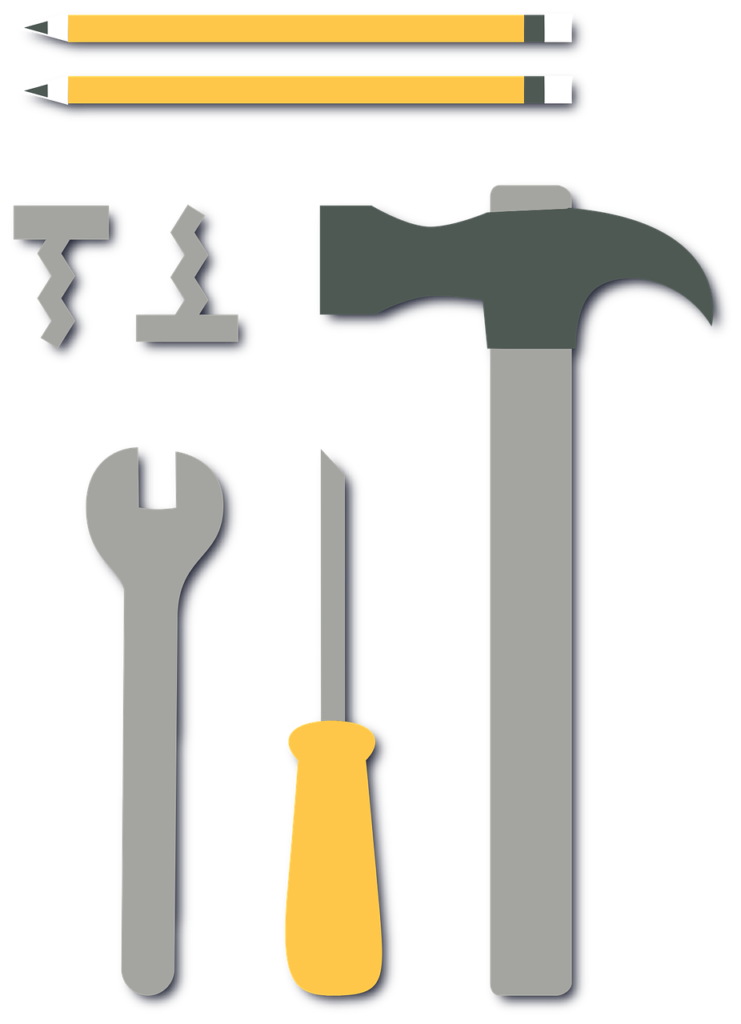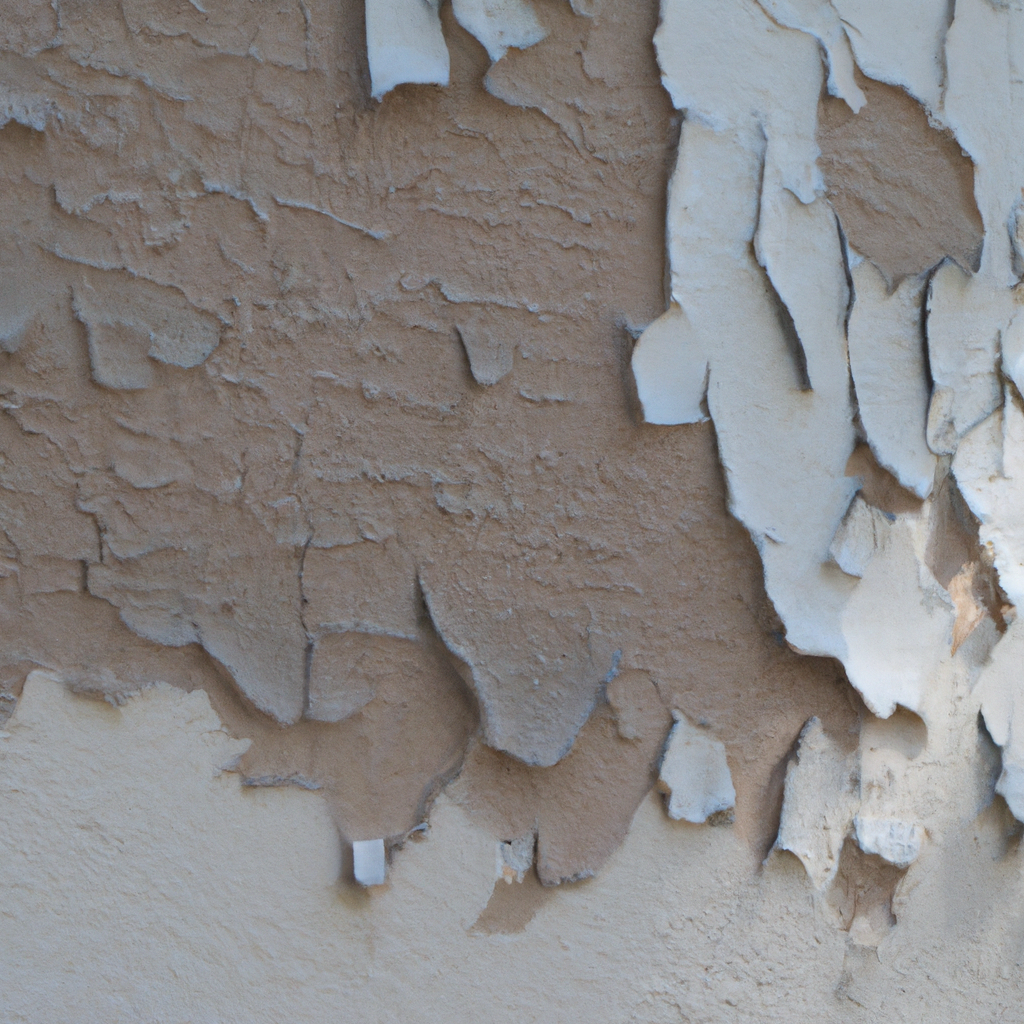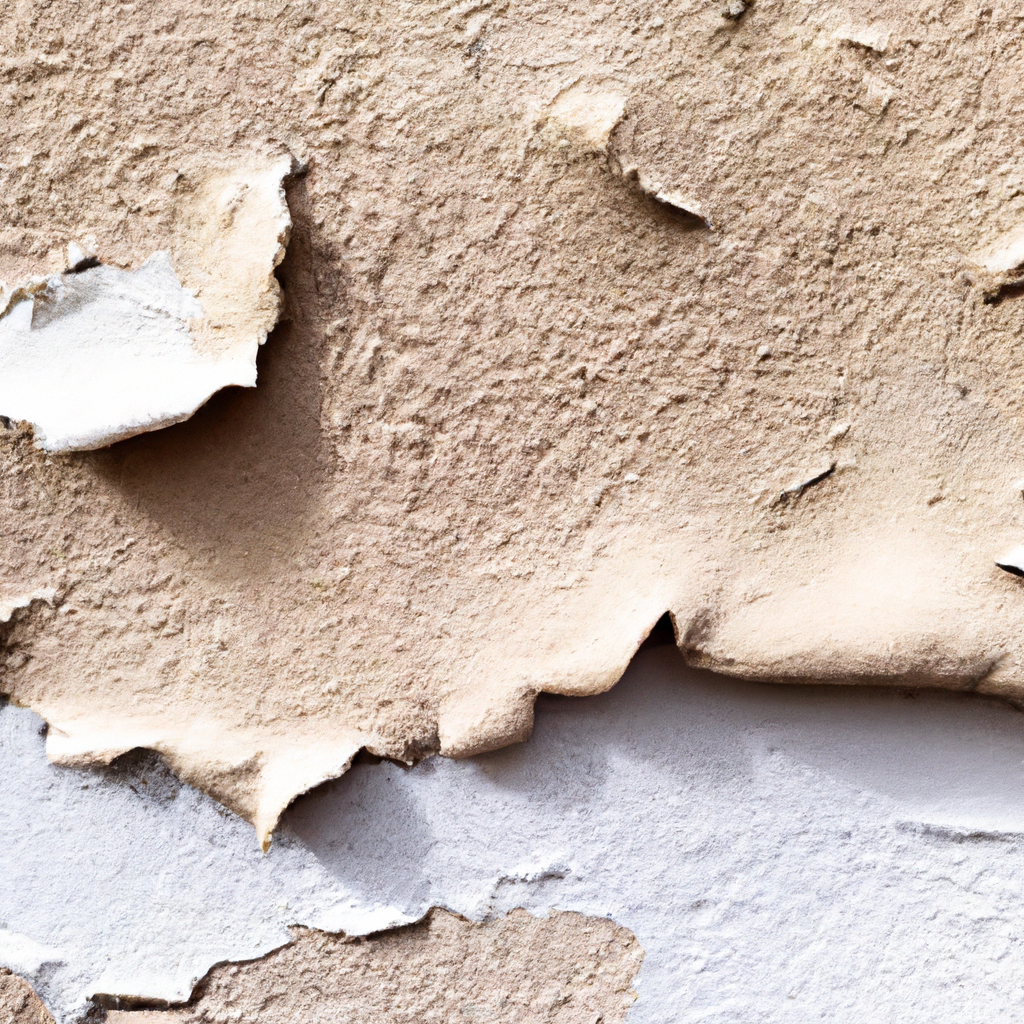Imagine living in a home with cracks appearing on its exterior walls and moisture seeping in through those gaps. Frustrating, isn’t it? Well, this is what’s known as stucco failure, a problem that homeowners should be aware of. In this article, we will explore the reasons behind this issue, its consequences, and most importantly, how to prevent it from happening in the first place. So, grab a cup of tea and join us as we uncover the mysteries of stucco failure.
Understanding Stucco Failure
Stucco failure can be a frustrating and costly problem for homeowners. It is important to understand the causes, signs, and impact of stucco failure in order to address the issue effectively. This comprehensive article will explore the common causes of stucco failure, signs to look out for, and the impact it can have on your home. Additionally, we will provide tips on how to prevent stucco failure through professional installation, proper maintenance, and regular inspections.
Common Causes of Stucco Failure
There are several common causes of stucco failure that homeowners should be aware of. These causes include inadequate installation, moisture damage, and cracking and shrinkage. Each of these factors can contribute to the deterioration of the stucco and lead to potential problems down the line.

Inadequate Installation
One of the main causes of stucco failure is inadequate installation. This can happen due to a lack of proper surface preparation, incorrect mixing ratios, or improper application techniques. If the stucco is not applied correctly, it can lead to a weak and unstable surface that is prone to cracking and water damage.
Lack of Proper Surface Preparation
Proper surface preparation is crucial for the longevity of stucco. If the surface is not properly cleaned and prepared before the stucco is applied, it can result in poor adhesion and eventual failure. It is important to remove any dirt, debris, or loose material from the surface and ensure that it is completely dry before applying the stucco.
Incorrect Mixing Ratios
The mixing ratios of the stucco components must be precise in order to achieve the desired strength and durability. If the ratios are off, either too much or too little of certain ingredients, the stucco can become weak and prone to cracking. It is important to follow the manufacturer’s instructions and use the correct mixing ratios for the specific stucco product being used.
Improper Application Techniques
The application of stucco requires skill and knowledge to ensure a successful installation. If improper techniques are used, such as applying too thick or too thin of a coat, it can result in an uneven surface and potential failure. It is essential to hire experienced stucco contractors who are familiar with the proper application techniques to avoid any issues.
Moisture Damage
Moisture damage is another significant cause of stucco failure. When stucco comes into contact with moisture, it can lead to a range of problems, including water intrusion, condensation and vapor issues, and poor drainage system.
Water Intrusion from Exterior
Water intrusion from the exterior can cause significant damage to the stucco and the underlying structure. Heavy rain, snow, or improper flashing can allow water to penetrate the stucco, leading to swelling, cracking, and degradation of the material. It is crucial to ensure that the stucco is properly sealed and that any potential entry points for water are adequately addressed.
Condensation and Vapor Issues
Condensation and vapor issues can occur when there is a buildup of moisture within the stucco system. This can happen due to poor ventilation or insulation, leading to trapped moisture that can cause the stucco to deteriorate over time. Adequate insulation, proper ventilation, and moisture barriers can help prevent condensation and vapor-related problems.
Poor Drainage System
A poor drainage system can contribute to stucco failure by allowing water to accumulate and seep into the stucco. If the water is not properly directed away from the structure, it can lead to saturation of the stucco and subsequent damage. It is important to ensure that the drainage system around your home is functioning properly and efficiently to prevent water-related issues.
Cracking and Shrinkage
Cracking and shrinkage are common issues seen in stucco and can lead to failure if not addressed promptly. These issues can be caused by thermal stress, structural movement, and insufficient control joints.
Thermal Stress
Thermal stress occurs when there are significant temperature fluctuations, causing the stucco to expand and contract. Over time, this can lead to the formation of cracks and compromise the integrity of the stucco. Proper insulation and the use of expansion joints can help minimize thermal stress and reduce the risk of cracking.
Structural Movement
Structural movement, such as settling or shifting of the building, can result in cracks and damage to the stucco. It is important to address any underlying structural issues to prevent further stucco failure. Hiring a structural engineer to assess the stability of the building and making any necessary repairs can help prevent future problems.
Insufficient Control Joints
Control joints are designed to accommodate natural movement and prevent cracking in stucco. If there are not enough control joints or they are improperly placed, it can lead to stress on the stucco and the formation of cracks. It is essential to follow industry standards and guidelines when installing control joints to ensure the longevity of the stucco system.
Signs of Stucco Failure
Recognizing the signs of stucco failure is crucial for homeowners to take prompt action and address the issue before it worsens. Some common signs to look out for include cracks and fractures, bubbling or blistering, and efflorescence and staining.
Cracks and Fractures
Cracks and fractures in the stucco are often the most obvious sign of a problem. These can range from hairline cracks to larger, more severe fractures. It is important to address these cracks as soon as possible, as they can allow water to penetrate and cause further damage to the stucco and underlying structure.
Bubbling or Blistering
Bubbling or blistering of the stucco is another sign of potential failure. This can occur when moisture becomes trapped under the stucco surface, causing it to separate from the substrate. Bubbles and blisters can indicate a moisture-related issue that needs to be addressed promptly to prevent further damage.
Efflorescence and Staining
Efflorescence, a white powdery substance on the surface of the stucco, and staining can be signs of moisture intrusion and a potential stucco failure. Efflorescence occurs when water-soluble salts are brought to the surface of the stucco, indicating that moisture is present. Staining can occur due to moisture-related issues or other factors and can detract from the aesthetics of your home.

Impact of Stucco Failure
Stucco failure can have various negative impacts on your home, ranging from structural damage to reduced energy efficiency and negative aesthetic impact. Understanding these potential consequences can emphasize the importance of addressing stucco failure promptly.
Structural Damage
Stucco failure can result in significant structural damage to your home if left untreated. Water intrusion, cracking, and improper adhesion can compromise the integrity of the stucco and the underlying structure. Over time, this can lead to more extensive and costly repairs. Prompt action is essential to prevent further deterioration and potential safety hazards.
Reduced Energy Efficiency
Stucco failure can negatively impact the energy efficiency of your home. Cracks, gaps, and moisture intrusion can undermine the insulation properties of stucco, leading to air leaks and increased energy consumption for heating and cooling purposes. Properly addressing stucco failure can help improve the energy efficiency of your home and reduce utility costs.
Negative Aesthetic Impact
Stucco failure can detract from the overall appearance and curb appeal of your home. Cracks, blistering, staining, and other signs of deterioration can make your home look unsightly and poorly maintained. By addressing stucco failure and implementing necessary repairs, you can restore the visual appeal of your home and maintain its value.
Preventing Stucco Failure
While stucco failure can be a significant issue, there are proactive steps homeowners can take to prevent it from occurring. These steps include professional installation, proper maintenance and repairs, and regular inspections.
Professional Installation
Hiring qualified contractors for the installation of stucco is crucial to ensure a successful and durable outcome. Professional stucco contractors have the knowledge and expertise to properly prepare surfaces, mix and apply stucco, and follow industry standards. By investing in professional installation, you can minimize the risk of stucco failure and enjoy a long-lasting stucco system.
Proper Maintenance and Repairs
Regular maintenance and timely repairs are essential for the longevity of stucco. This includes addressing any cracks, moisture-related issues, or signs of deterioration promptly. A proactive approach to maintenance can help prevent small problems from escalating into larger and more costly ones. It is important to follow manufacturer guidelines for maintenance and work with experienced contractors for stucco repairs.
Regular Inspections
Regular inspections of your stucco system can help identify early signs of failure and prevent further damage. It is recommended to have a professional inspect your stucco every few years, or more frequently if there are noticeable issues or a history of stucco problems in your area. These inspections can assess the performance of the stucco, identify potential issues, and provide recommendations for necessary repairs or maintenance.

Hiring Qualified Contractors
When it comes to stucco installation, it is essential to hire qualified contractors who have experience and knowledge in the field. Look for contractors who are licensed, insured, and have a proven track record of successful stucco installations. Ask for references, review portfolios, and request detailed proposals before making a final decision. Investing in the expertise of professionals will greatly reduce the risk of inadequate installation and subsequent stucco failure.
Ensuring Use of Quality Materials
In addition to hiring qualified contractors, it is important to ensure that quality materials are used for your stucco project. Cheap or substandard materials can compromise the durability and performance of your stucco system. Discuss the options with your contractor and choose materials that are resistant to moisture, cracking, and other environmental factors. Quality materials combined with professional installation will contribute to the longevity of your stucco and helps prevent failure.
Following Industry Standards
Stucco installation must adhere to industry standards and guidelines to ensure a successful outcome. These standards cover various aspects of the installation process, including surface preparation, mixing ratios, application techniques, and control joint placement. When hiring stucco contractors, make sure they are familiar with and follow these industry standards. This will help ensure that your stucco system is installed correctly and has the best chance of withstanding external pressures and potential failure.
Identifying Early Signs of Failure
Regular inspections of your stucco system will help you identify any early signs of failure. Look for cracks, bubbling, efflorescence, staining, and any other visible issues. Pay attention to any changes in the appearance or performance of the stucco. Prompt action in addressing these early signs can prevent further damage and mitigate the risk of stucco failure.
Assessing the Performance of Stucco
Besides visual inspection, it is also important to assess the performance of your stucco system over time. Monitor the effectiveness of insulation, energy efficiency, and the overall functionality of the stucco. Keep track of any changes or issues that arise, and discuss them with a professional who can provide expert advice on the necessary steps to take.
Addressing Potential Issues
If any potential issues are identified during inspections or through performance assessment, it is important to address them promptly. Contact a reputable stucco contractor who can evaluate the situation and provide recommendations for repairs or maintenance. Ignoring the warning signs or delaying necessary repairs can lead to further stucco failure and exacerbate the associated problems.
In conclusion, understanding stucco failure is crucial for homeowners to protect their investment and ensure the longevity of their homes. By recognizing the common causes of stucco failure, identifying signs of deterioration, and taking proactive steps to prevent failure, homeowners can minimize the risk of stucco-related problems. Involve professional stucco contractors for installation and repairs, prioritize regular inspections, and address any issues promptly. By following these guidelines, you can enjoy the benefits of a durable, efficient, and aesthetically pleasing stucco system for years to come.


